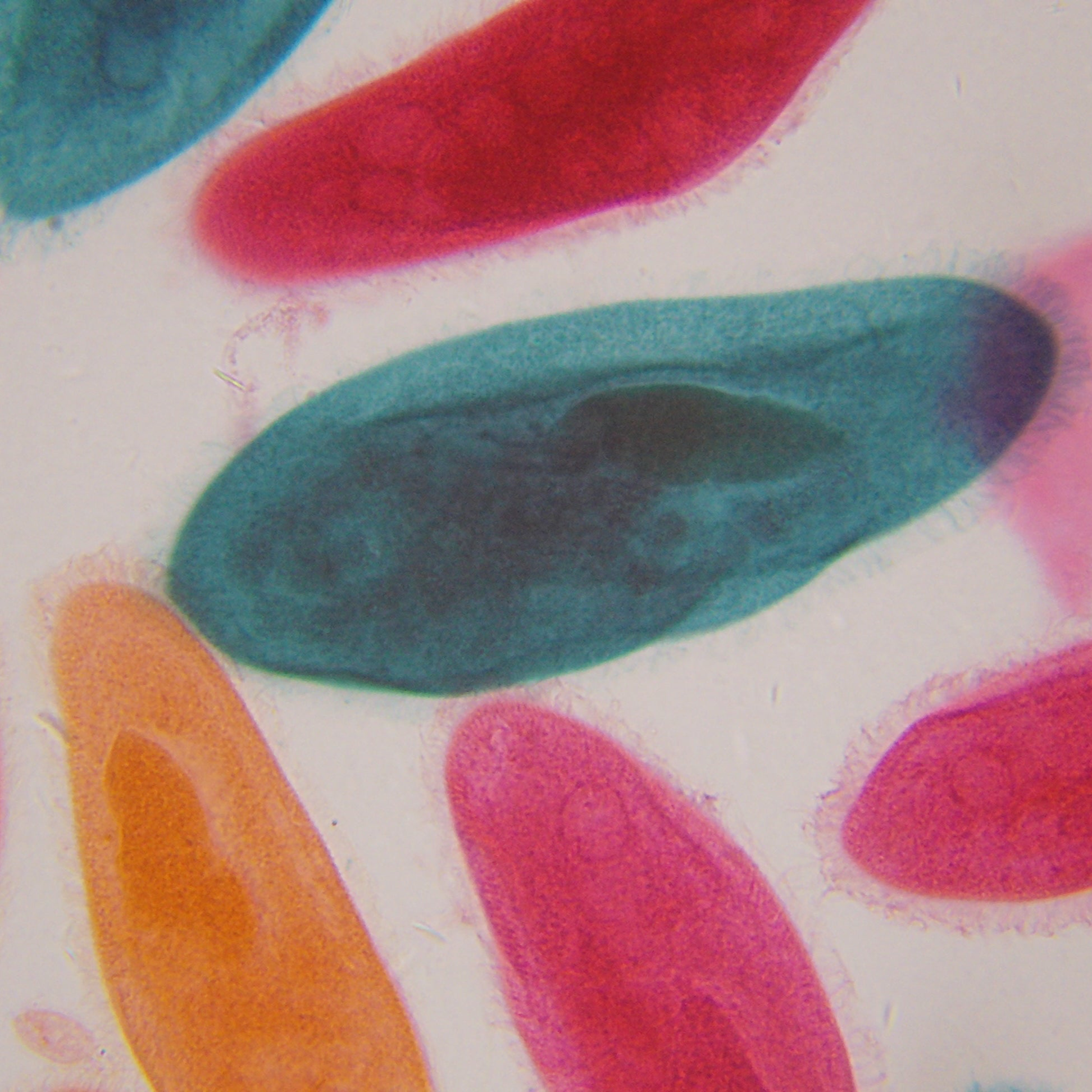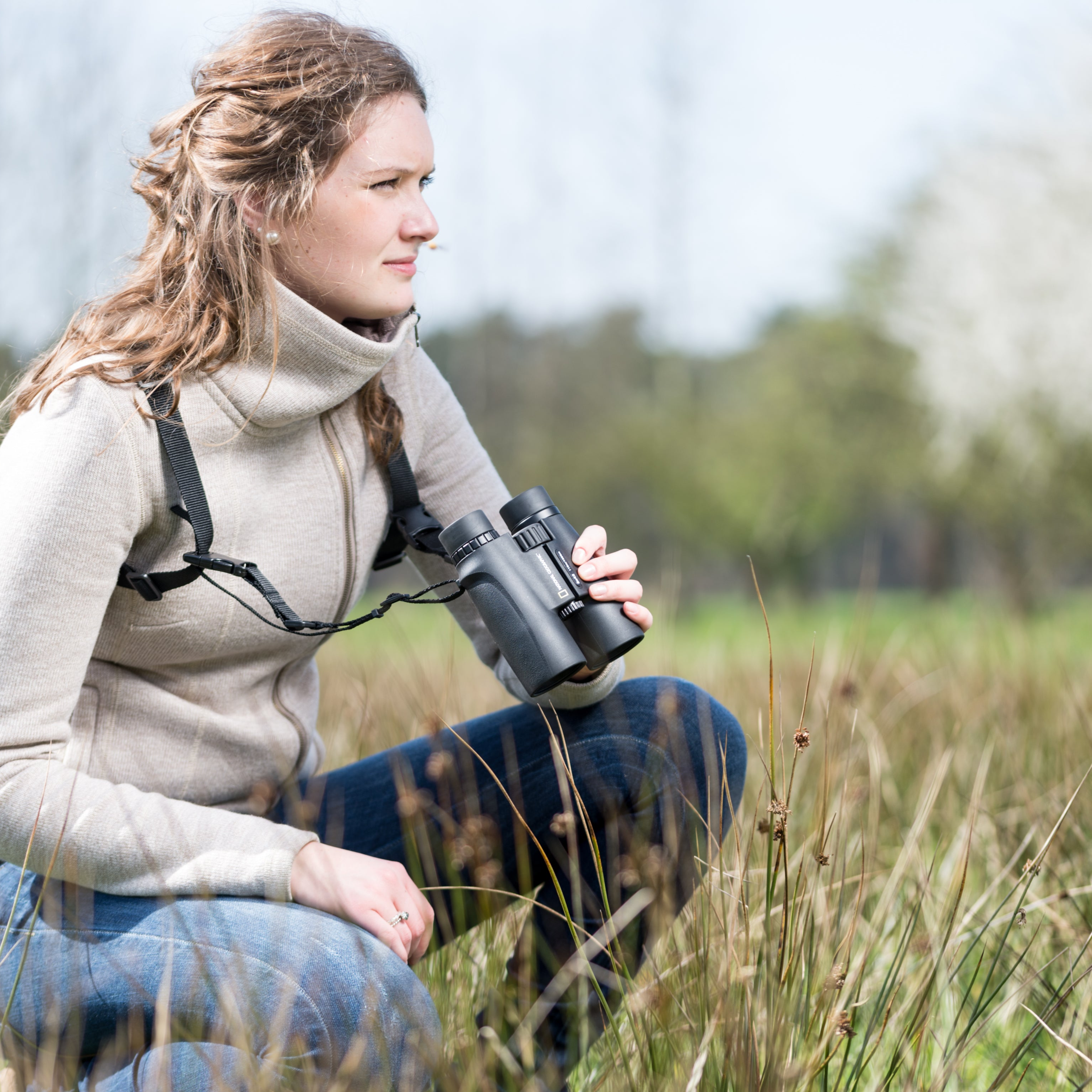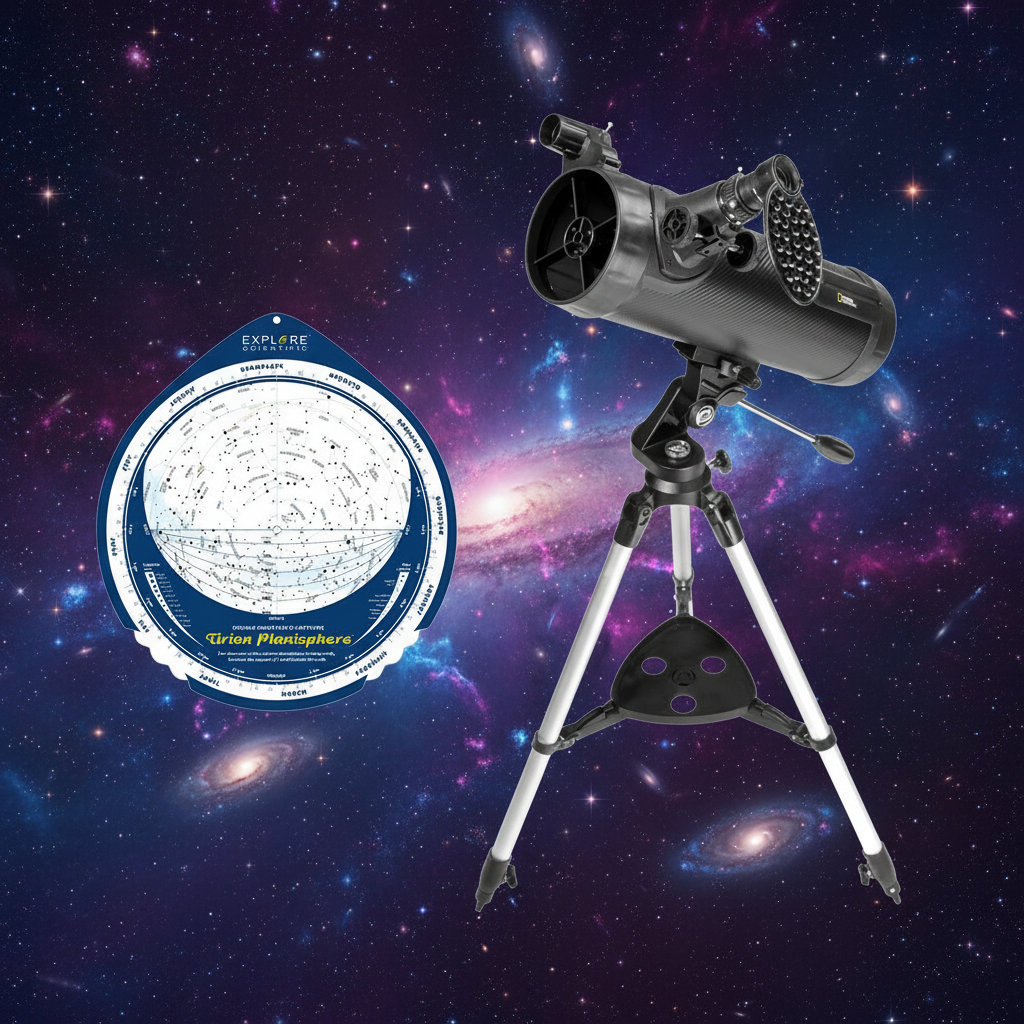Explore Scientific Smart Microscope Slide: Frog Blood Smear (English)
| English | Français | Deutsche | Nederlandse | Italiano | Polskimi | Portuguesas | Español | 中国 | 日本人 | 한국어 |

Frogs are amphibian animals first appearing over 250 million years ago. With over 6000 species they have adapted to live in a wide range of climatic regions from the tropics to the subarctic.
Born in water, the skin of a frog is permeable, and near the surface of the skin are blood vessels that can diffuse oxygen directly into the blood when underwater.
Being cold blooded, some frogs can survive extremes of climate. One of these is the North American Wood Frog, which can withstand having up to 65% of its body completely freeze for the winter months. As winter ends and the climate warms, this species reanimates- its heart restarts, and the frog resumes normal activity.
Then there are other species like the Striped Burrowing Frog in Australia that can survive in a dormant state without access to food and water for up to ten months of the year by burrowing itself underground and surrounding itself in a cocoon of its shed skin.
*Note that this page is archived, and this Smart Microscope Slide has been retired.

See all Microscopes from Explore Scientific











